George Sivulka
I care deeply about solving interesting and impactful problems at the intersection of machine learning, theoretical neuroscience, and engineering.
Experience
The Boston Consulting Group
AI-driven demand generation for an international technology company.
SLAC National Accelerator Laboratory
Worked on optimization efforts for the LUX-Zepplin experiment for the direct detection of dark matter
NASA Goddard Institute for Space Studies
Developed computational simulations for satelite based remote sensing of landmines
Education
Stanford University
Stanford Graduate Fellowship Recipient
Currently on leave
Stanford University
Stanford University
GPA: 4.0, Graduated with Distinction in less than 3 years.
Projects
Machine Learning inspired by Neuroscience
In the Baccus Lab at Stanford, developed machine learning systems that leverage biology--the computations in the retina--for improved efficiency. Specifically, we applied transfer learning methods that employ natural visual processing pathways as an encoder for changing visual stimuli--analyzing their efficacy in video classification tasks.
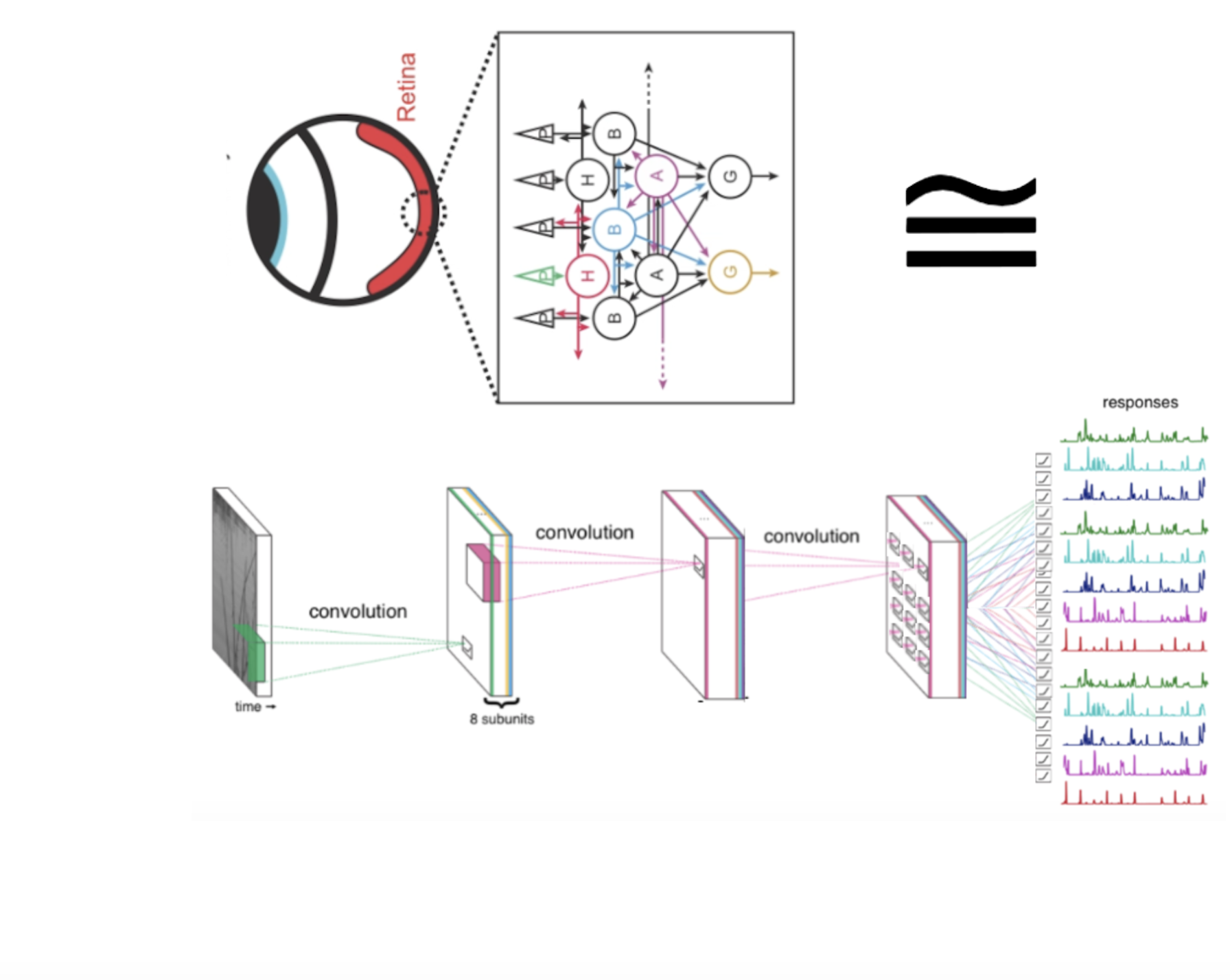
Mathematical Principles for RNN Behavior
Analyzed the dynamics of general artificial neural networks by combining tools from physics, dynamical systems and network science at the Max Planck Institute for Mathematics in the Sciences in Leipzig. Spectral analysis of the adjacency matrix, neural state space trajectories, and other mathematical tools were employed to offer insights into network behavior and state space narrowing in a Spiking Neural Network trained with Hebbian Learning.
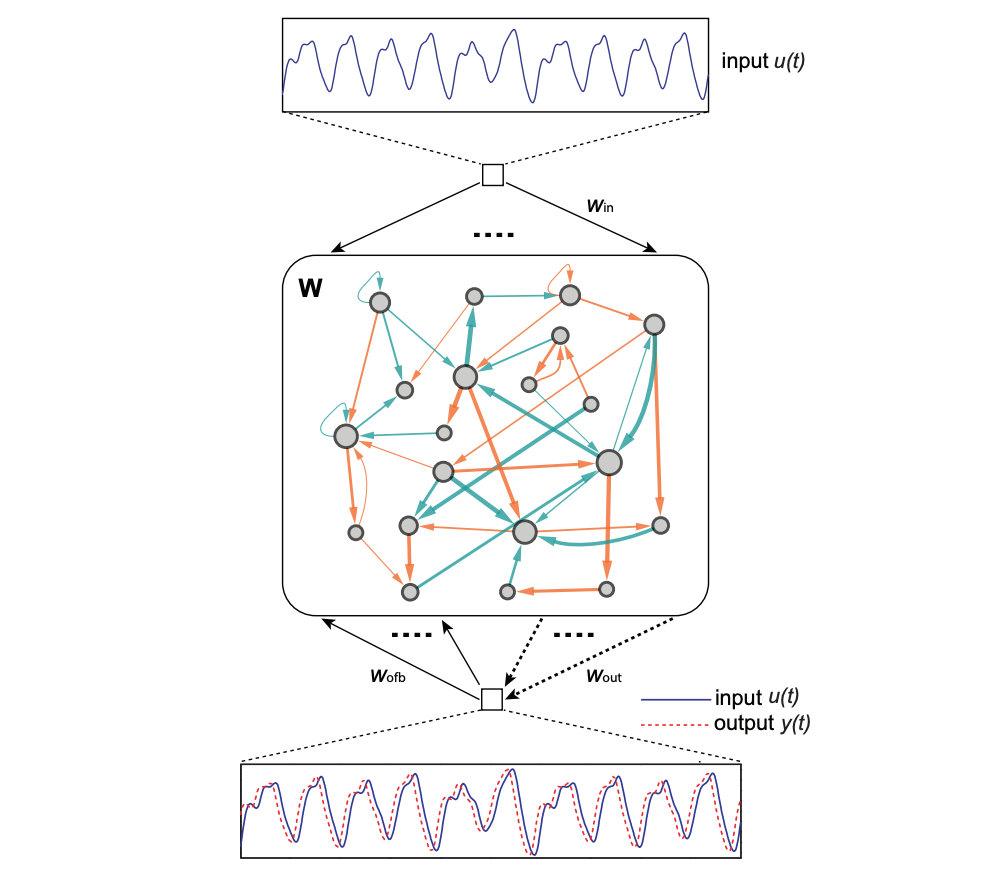
Probing the Earliest Evolved Neural Systems
Designed a suction electrode experiment to study coral nerve nets--biophysically interesting due to their simple 2D topology and their early position on the evolutionary timescale--exhibiting some of the first neural dynamics. Analyzed spike train experimental results in lieu of theory and modeling in an attempt to better understand the neural code of these animals.
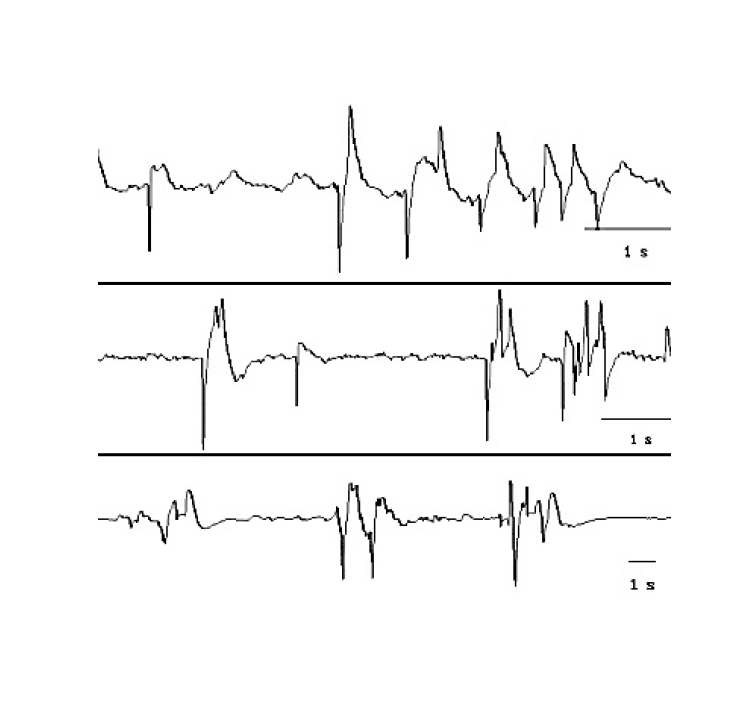
Neural Interferogram Classification
Designed and implemented machine learning techniques for the classification of neural interferograms from Daniel Palanker’s lab at Stanford--detecting action potentials from a new type of non-invasive optical biosensing technology.
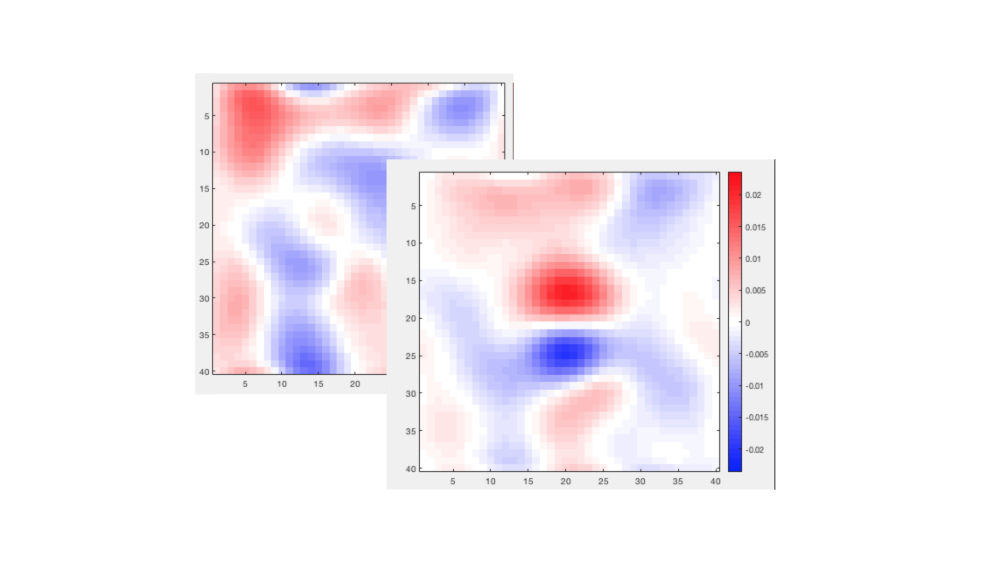
Optimization Engineering for a Dark Matter Detector
Worked on the LUX-Zepplin experiment for the direct detection of dark matter, developing an experimental test vessel for the optimization of detector components used by the international collaboration. Focused on overarching test system design and implementation, thermosiphon head efficiency engineering, and the layout of various test detector components.
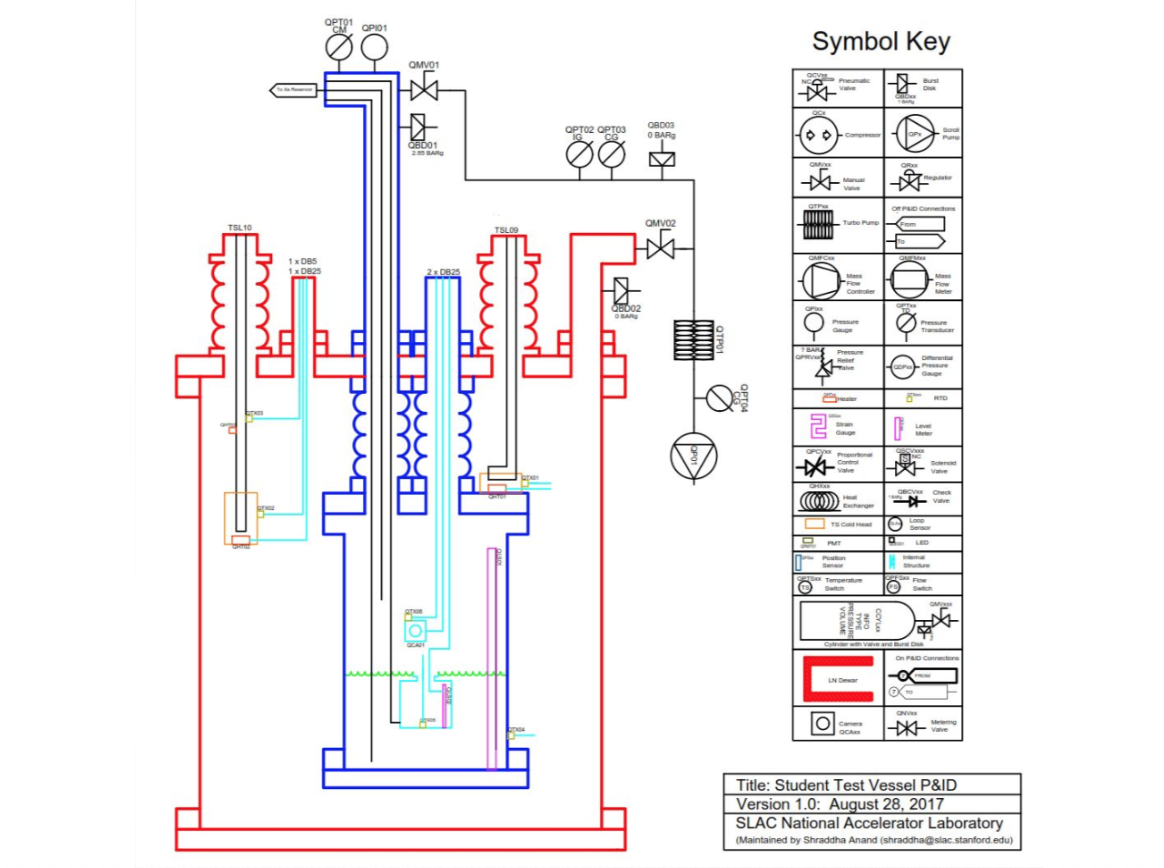
Landmine Detection Multiphysics Simulations
As a Research Intern hired by NASA I spent two years developing multiphysics simulations in COMSOL Multiphysics to predict electromagnetic wave propagation and scattering. My particular task involved generating a computer template for the subsurface imaging of landmines and other underground hazards that pose a threat to millions of lives across the globe.
[Poster] [Conference Coverage] [Award Coverage] [Presentation]
Awards:- Received Best Poster Award by Popular Choice out of professional projects from around the world at the Boston COMSOL Conference - (October 2015)
- NASA’s New York City Research Initiative (NYCRI) Achievement Award
- Best Poster Award - NASA/NOAA Research Symposium at CCNY - (August 2015)
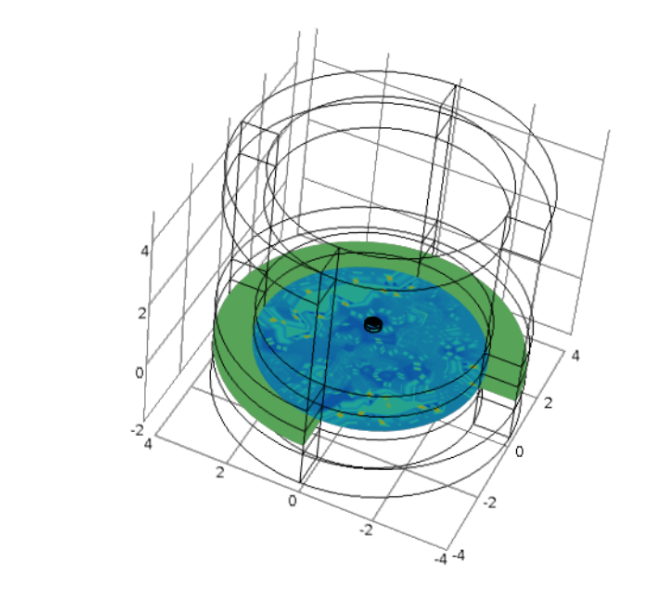
Epidemiology Visualizations
Programmed an interactive web visualization to lend insight into the transmission patterns of the potentially fatal Clostridium Difficile bacteria between patients and caregivers in a hospital. This allowed for an analysis of caretaker groups with the least successful sanitation techniques and specific medical technologies leading to higher rates of infection.

Interests
Outside of science, I enjoy surfing, photography, web development, mountain climbing, motorcycle touring, and free diving.
I’ve climbed on Mount Everest, have spent months motorcycling through Vietnam, and practiced extensive silent Vipassana meditation in Sri Lanka.
Some photos from these and other places can be found on my 500px account.
Additionally, here are some of my takes on: mankind's stellar origins (cited twice on Wikipedia [5][4]), a proof for the atom, group theory and the Platonic solids, American anti-science movements, and recent European Union history and politics.